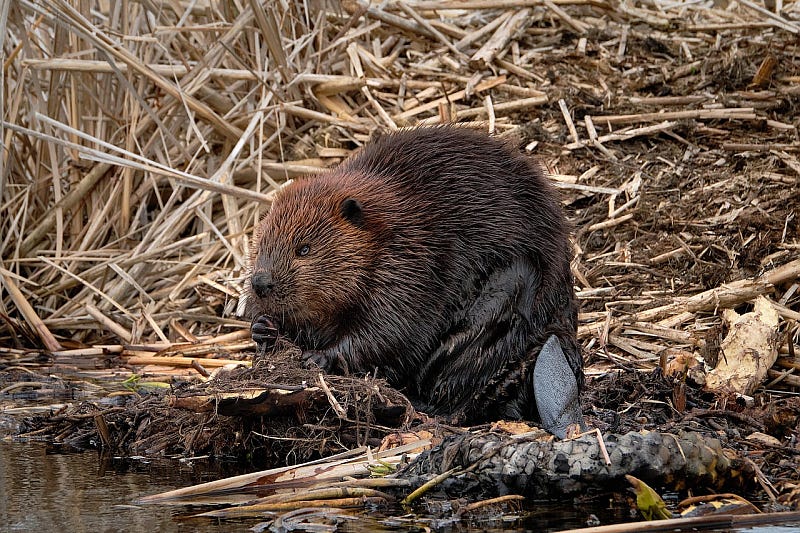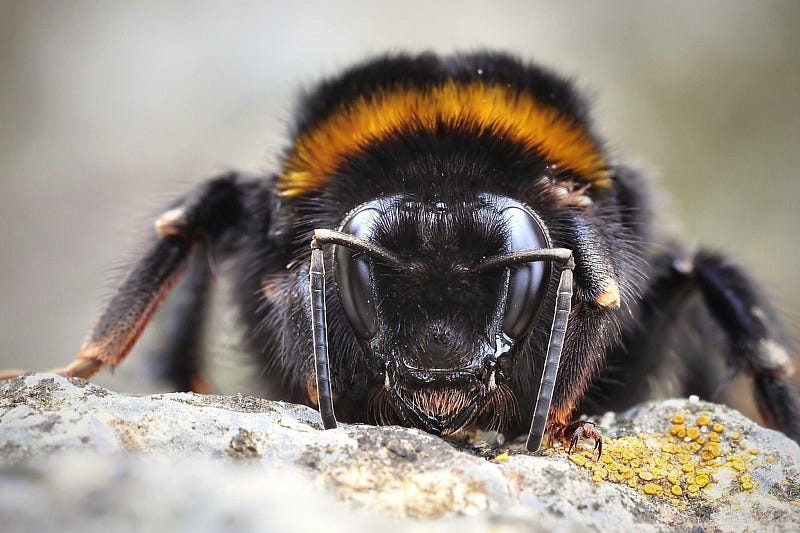Evolutionary economics part 3 – The human touch
Human economics is rooted in the evolution of life, but also comprises truly novel deviations and extensions. In case we get carried away, evolution’s first principles can put us right

(Part 1 is here and part 2 is here.)
From its inception, life faced a fundamental challenge: resources were scarce. Early bacteria that were more efficient at allocating these scarce resources were superior at meeting three simultaneous primary objectives: survival, flourishing and reproducing. They were the ones that endured. Later, larger organisms evolved symbiotic win-win relationships (like algae and corals). Plants and fungi formed physical mycorrhizal networks for exchanging nutrients, and insects formed colonies of individuals with specialized roles. Multicellular organisms evolved organs performing decentralized functions, with a centralized resource allocation mechanism. Mammals, birds and fish formed ‘societies’ balancing individual and collective needs.
All the time, evolution persistently favoured those organisms that made best use of the available scarce resources by applying fundamental economics concepts: trade-offs, opportunity costs, mutually beneficial trade, comparative advantage, markets, division of labour, centralized/decentralized planning and operation, cost-benefit analysis and more.
It is no surprise that human economics is built on these very foundations, refined over countless generations, which we inherited through our genes. Our economic systems are, in many ways, replications and extensions of – and sometimes departures from – evolutionary precedents.
Lubricating the economic wheels
The invention of abstract, representative money marks humanity’s first important economic innovation. Evolution did produce some interesting proto-instances of abstract currency: some bowerbirds collect random colourful objects for no other reason than to adorn their bower and attracting a mate, though this mating ritual does not fulfil the functions of a currency – a medium of exchange, a unit of account, and store of value.
Money, divorced from physical goods, provided considerable lubrication to economic activity. Bartering was complicated, requiring negotiation of an exchange rate for every transaction, and especially tricky unless both parties had exactly what the other needed, in the right quantity (the ‘coincidence of wants’). If you needed just a fraction of a boar carcass and the owner was not prepared to split it, or not interested in your corn or your earthen pots, no deal. Abstract currency fixed all that – and it enabled competition, a key driving force in evolution: here too, those who were the more efficient users of scarce resources would prevail.

Beyond easing present transactions, money also enabled economic exchanges across time. Organisms have long saved surplus scarce resources as in-body reserves or as nutrient caches for lean times. Money made this much easier for humans – no need to store physical surpluses for later. Nature also offers examples of ‘investing’: beavers build durable dams to establish a secure environment. Humans expanded this concept: while credit and interest preceded money, the intertemporal extension of economics created entirely new possibilities: investments could generate returns exceeding the original resource value, interest could compensate for the risk of lending, and planning horizons could extend beyond a single generation. This fundamentally transformed human societies, allowing for infrastructure projects, knowledge accumulation, and intergenerational wealth transfers at scales impossible in natural systems, where most value needs to be recreated in each generation.
Lessons in complexity
Evolution developed centralized (largely within organisms) and decentralized (largely between them) resource management. Bodies – stable, predictable environments – benefit from centralized control integrating signals from the organs and efficiently adjusting supply to demand. In contrast, insect colonies and mycorrhizal networks must handle unpredictable circumstances, for which decentralization is better suited. Distributed intelligence proves both proactive (in crowd-sourced foraging decisions), and responsive (any individual sensing a threat mobilizes others to defend the colony). This decentralization ensures resilience—even if disaster strikes, a small fraction of individuals with some eggs can regenerate the entire colony.
Though size tends to correlate with decentralization, human organizations rarely fit neatly into either model. This creates challenges for growing businesses, which must adapt their structure more rapidly than natural evolution's pace. Yet nature again offers guidance for this dilemma: bee colonies centralize reproduction but decentralize foraging, while slime molds transition from individual cells to collective organisms when resources become scarce. These hybrid approaches suggest that effective organizations had better establish flexible governance systems, ready to adapt specific functions to changing conditions.

Even the earliest bacteria experienced competition for scarce resources between immediate needs (fleeing threats, seeking nutrients, repairing damage) and more distant goals (growth, reproduction). Evolutionary success requires effective trade-offs between them. Complex organisms face even more instances of present/future tension, for example the choice between exploitation (of current feeding grounds) and exploration (for new ones) in bumble bees, and even in plants shifting between conservative and acquisitive root foraging (exploring and mining the soil for nutrients) strategies.
Evolution’s safeguarding of adequate focus on longer-term benefits has strong parallels with investments in human economies, from education and retirement saving, to acquiring production equipment or devoting resources to product development. Even the concept of diversified portfolios – of products across market segments, or of shareholdings across industries or territories – evolved in nature first: certain plants hedge their bets by producing different types of seeds suited to different environmental conditions.
Breaking with nature
But human economics also deviates from nature. Predation undoubtedly imposes "costs" on the prey, and nutrient availability is a "benefit" to hungry organisms. However, genuine externalities – the indirect costs or benefits resulting from transactions between other parties affecting uninvolved third parties – are unique to human economies. In nature, evolved adaptations in the victims or beneficiaries of costs and benefits may, over time, ‘internalize’ the positive or negative selection pressures, and lead to a dynamic equilibrium. Human economies resort to non-natural taxation and legislation to internalize externalities, but often they simply persist.
Human economic cycles also depart from nature’s perfect circles: every organism’s waste products, and eventually the organism itself, become food for another, creating a literal "circle of life". Fallen leaves, when done photosynthesizing, transform into soil nutrients that feed new growth, with nothing truly wasted. Human economies consume not just food but countless other materials, and these form linear chains: we extract, use, and discard. This linear structure generates two problems absent in nature's circular economy: pollution (an externality) and resource depletion—both suggesting we may have broken fundamental evolutionary insight.
We also sometimes err when we copy or build on nature. Abstract currencies, disconnected from any inherent value, enable the formation of bubbles and speculative crashes. Temporal transactions are vulnerable to irrational exuberance and overoptimistic miscalculation. Centralization at too large a scale or in volatile conditions leads to inefficiencies through lack of agility and flexibility. And perhaps most surprisingly, despite evolution’s compelling demonstration that voluntary cooperation creates value, many humans still cling on to zero-sum thinking.
Human economics, far from being an abstract human artefact, is rooted in three billion years of accumulated wisdom around managing scarce resources. It stands on evolution’s giant shoulders. Understanding nature's economies—their structures, adaptations, and failures—reveals not only how evolution shaped our own economic behaviours but also how we might better apply these time-tested principles.




Another great read. I'd add (and I'm writing about that again, coming out in 2 weeks), money is also a _measure_ of value in the first place, alongside the other roles you mention.